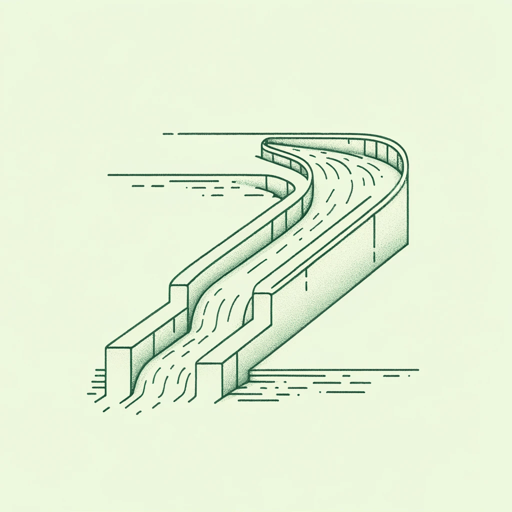65 pages • 2 hours read
John McPheeThe Control of Nature
Nonfiction | Book | Adult | Published in 1989A modern alternative to SparkNotes and CliffsNotes, SuperSummary offers high-quality Study Guides with detailed chapter summaries and analysis of major themes, characters, and more.
Themes
The Fallacy of Controlling Nature
Throughout this book, numerous individuals—from General Sands to Thorbjorn to engineers in Los Angeles—act as if they can control nature. This human belief in the control of nature undergirds the book’s central theme—and the book’s title. McPhee gradually shows the reader that these attempts to control nature are more limited and less effective than we might think.
Partway through the first essay, McPhee writes about the word “Atchafalaya” in a way that will echo the book’s title: “those rippling syllables have symbolized for me the bilateral extensions of the phrase ‘control of nature’” (69). There is perhaps no entity that symbolizes the control of nature better than the Army Corps, which appears in each of the three essays but most prominently in the essay on the Atchafalaya. Fearing what would happen to settlements and business in southern Louisiana if the Atchafalaya overtook the Mississippi, the Army Corps built a mechanism called the Old River Control, attempting to regulate water levels to an ideal amount. McPhee writes, “The Corps had built Old River Control to control just about as much as was passing through it” (27).
Nature subverts our human expectation of control, such as when the Devils Gate dam was “built in 1920 with control of water its only objective” (196), but Mother Nature filled the dam with rock and sand instead.


